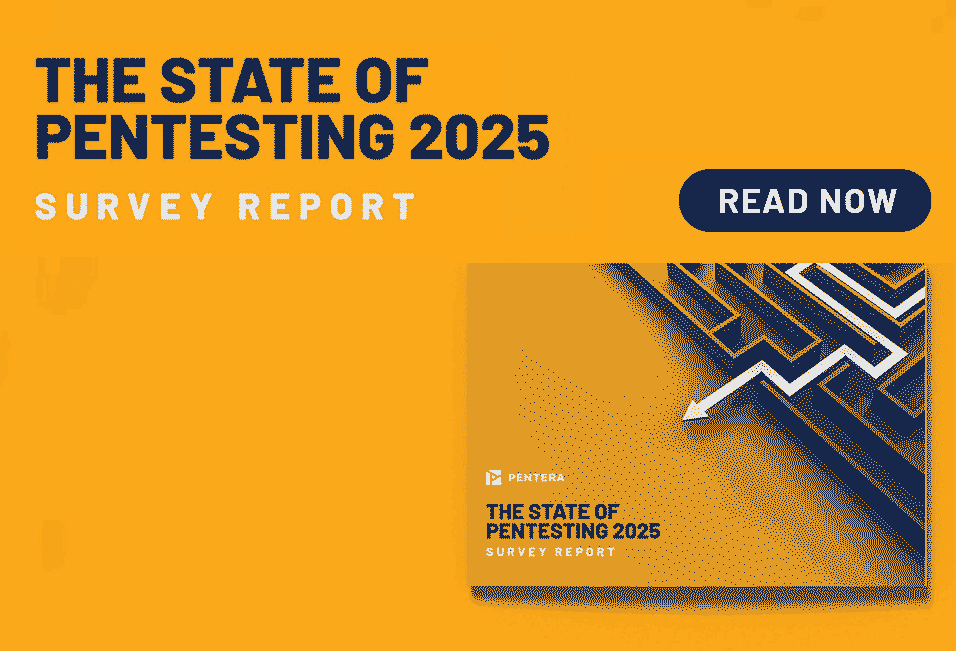What is Exposure Management?
Exposure Management focuses on identifying, assessing, and mitigating vulnerabilities across digital assets. Core areas include External Attack Surface Management (EASM), Continuous Threat Exposure Management (CTEM), and Sensitive Data Protection.
Exposure Management is a proactive security approach that involves the identification, evaluation, and mitigation of security risks across an organization’s IT infrastructure. Through the continuous monitoring, assessment, and remediation of threats and vulnerabilities, it aims to manage and systematically reduce cyber exposure to ensure the protection of essential digital assets.
Why is Exposure Management important?
Exposure Management is important because it empowers organizations to take the initiative in defending themselves against cyber threats. By adopting this approach, organizations can systematically identify and address vulnerabilities to reduce exposure and pre-empt potential incoming attacks. At a time when attacks are growing more numerous and sophisticated, Exposure Management gives organizations a way to take preventative action and ensure that their critical resources are protected against evolving threats.
What are the key components of Exposure Management?
The following are some key components that comprise Exposure Management:
- Threat intelligence: Collecting and analyzing information about the threat landscape to understand emerging risks.
- Asset identification: Determining which assets require protection and classifying them based on their importance.
- Vulnerability assessment: Conducting vulnerability scans and assessing identified vulnerabilities to determine which ones are exploitable.
- Risk assessment: Analyzing threats and vulnerabilities to gauge their potential impact and likelihood.
- Breach and attack simulation (BAS): BAS involves conducting simulated attacks that mimic the TTP of threat actors for validation purposes.
- Monitoring and reporting: IT infrastructure is continuously monitored and activity is reported on to provide a real-time understanding of exposure status.
What is the lifecycle of Exposure Management?
The lifecycle of Exposure Management typically includes five main stages:
- Scoping: The remit and objectives or exposure management processes are clearly defined at the outset. This usually means establishing all of the digital and physical assets, processes, and dependencies that comprise an organization’s digital footprint.
- Discovery: All systems, networks, applications, and data are identified and cataloged, then scanned for security gaps, misconfigurations, or unpatched vulnerabilities.
- Prioritization: Identified risks are assessed and prioritized according to their exploitability and potential impact.
- Validation: Vulnerabilities are tested using methods like penetration testing. This enables security teams to confirm their exploitability, analyze potential attack paths, and identify mitigation and remediation measures.
- Mobilization: The prioritized vulnerabilities are remediation through measures like security updates, software patches, reconfigurations, and the implementation of security controls to strengthen defenses and reduce exposure.
What are the benefits and challenges of Exposure Management?
There are a range of benefits of challenges that organizations should keep in mind when implementing the Exposure Management approach.
Benefits
- Stronger security posture: By enabling organizations to identify and remediate security vulnerabilities, Exposure Management facilitates a strong, proactive, and preventative defense strategy.
- Improved risk mitigation: Exposure management gives security teams a way to consistently reduce exposure across the attack surface. This reduces the likelihood and severity of potential attacks for effective risk management.
- Regulatory compliance: By helping organizations to systematically identify and address areas of exposure, Exposure Management ensures that security measures are always up to date and compliant with industry standards and regulations.
- Operational efficiency: Establishing a framework for Exposure Management enables organizations to streamline how they identify, assess, and manage exposures. As such, they can allocate resources appropriately to enhance efficiency.
Challenges
- Integration: To be truly effective, exposure management processes should be integrated with other security and IT operations across an organization. This requires considerable collaboration and may even necessitate the intervention of additional skilled personnel.
- Complexity: Managing a range of different exposures can be challenging due to the varying nature and risk levels associated with them. This can be even more difficult in more dynamic and complex IT environments. Scalable solutions and a comprehensive understanding of network topology are required.
- Evolving risks: The threat landscape is constantly shifting, so security teams must consistently leverage threat intelligence and analysis to implement Exposure Management processes effectively.
Empowering resilience through Exposure Management
Exposure Management is an essential component of a modern cybersecurity strategy. By implementing a clear framework for Exposure Management, organizations can enhance their security posture, protect their IT assets, and maintain regulatory compliance. Through the proactive identification and mitigation of threats, Exposure Management empowers organizations to effectively manage risk and achieve optimal resilience.
FAQs
What is the difference between Exposure Management and Vulnerability Management?
Exposure Management is related to vulnerability management, but there is a distinction to be made between the two. Vulnerability management involves identifying and addressing specific weaknesses, whereas Exposure Management comprises the entire process of identifying, assessing, prioritizing, and mitigating all risks. In this sense, Exposure Management can be thought of as a wider approach that encompasses vulnerability management.
What types of exposures does Exposure Management address?
Exposure Management addresses a wide variety of exposure types. These can include system misconfigurations, software vulnerabilities, outdated systems, and unauthorized access points.
How often should Exposure Management activities occur?
For optimal results, Exposure Management activities should be conducted continuously. This should include regular assessments and the implementation of continuous monitoring to ensure that new exposures are swiftly identified and addressed.
Identify cloud vulnerabilities.
Detect and address vulnerabilities in your cloud environment.


